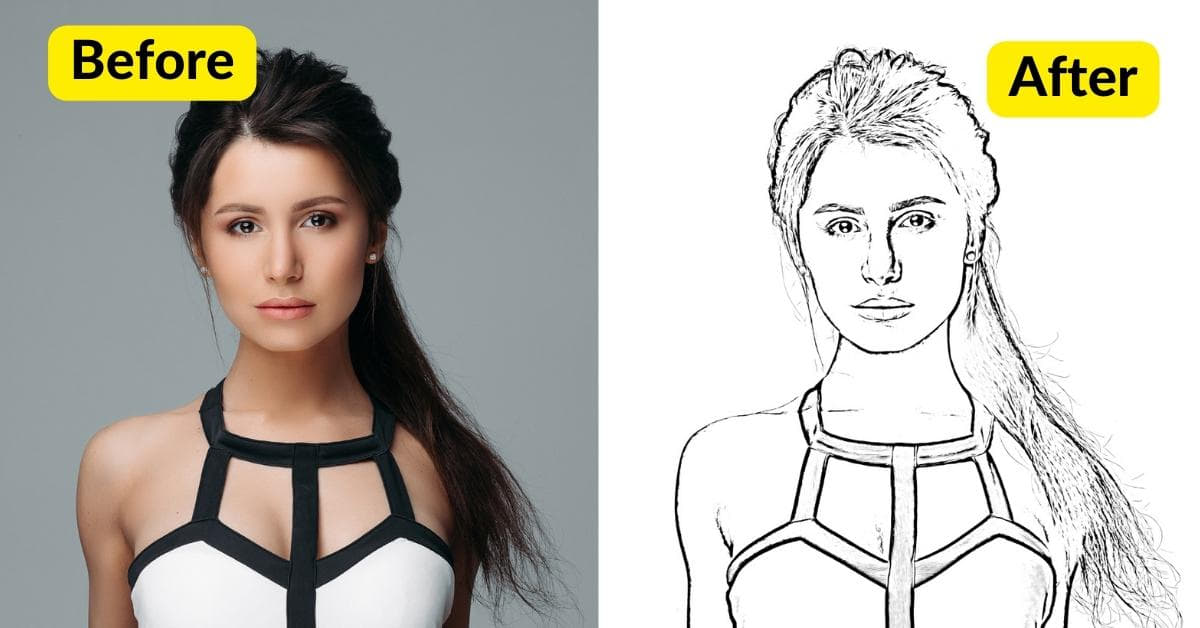In the world of digital art and design, image to vector line art is a term that’s gaining increasing popularity. This technique allows you to convert raster images (also known as bitmap images) into scalable and versatile vector graphics. Vector line art is an essential tool for graphic designers, illustrators, and artists, providing them with the ability to create crisp, clean, and infinitely scalable graphics. In this article, we will explore the process of converting images to vector line art, its benefits, and frequently asked questions to help you understand this fascinating realm of design.
Benefits of Image to Vector Line Art
- Scalability: Vector graphics are resolution-independent, which means they can be scaled up or down without losing quality. This is crucial for various applications, from logos to large banners.
- Clean Lines: Vector line art offers crisp, clean, and precise lines. This is especially important when working on intricate designs or illustrations.
- Simplified Coloring: Vector graphics are composed of paths and shapes, making it easier to apply colors and gradients to your artwork.
- File Size Efficiency: Vector files tend to be smaller than their raster counterparts, making them more suitable for web use and reducing storage space.
- Wide Range of Applications: Vector line art can be used in various design projects, including logos, illustrations, T-shirt designs, and more.
How to Convert an Image to Vector Line Art
- Select the Right Image: Begin by choosing a high-resolution image with clear lines and minimal detail. Simple images work best for this purpose.
- Vectorization Software: You’ll need vectorization software like Adobe Illustrator, CorelDRAW, or Inkscape. Import your image into the software.
- Tracing: Use the tracing tool to convert your raster image into vector shapes. Adjust the settings to achieve the level of detail and accuracy you desire.
- Refine Paths: After the automatic tracing, you may need to manually refine paths, smooth curves, and simplify complex areas.
- Color and Fill: Apply colors or gradients to your vector line art, depending on your design requirements.
- Export: Save your artwork as a vector file format, such as SVG, EPS, or AI. These formats are suitable for various applications and future image editing.
FAQs
1. What is the difference between raster and vector images?
Raster images are made up of pixels and are resolution-dependent, which means they can lose quality when resized. Vector images, on the other hand, consist of paths and shapes and are resolution-independent, allowing for infinite scalability.
2. Can any image be converted into vector line art?
While most images can be converted, simple and high-contrast images work best for a clean result. Complex photographs may require more manual adjustments.
3. What software is best for image to vector conversion?
Adobe Illustrator is a popular choice, but free alternatives like Inkscape are also effective. The choice depends on your budget and familiarity with the software.
4. Do I need advanced design skills to create vector line art?
Basic design skills are helpful, but many online tutorials and software features make the process accessible to beginners.
5. Is it possible to convert a vector image back into a raster image?
Yes, you can export a vector image in a raster format, but keep in mind that it may lose its scalability and some of the benefits of vector graphics.
Conclusion
Image to vector line art is a powerful technique that offers versatility, scalability, and clean lines, making it a valuable tool for artists and designers. With the right software and some practice, anyone can learn to convert images into vector line art and unlock a world of creative possibilities. So, don’t hesitate to explore this exciting aspect of design and elevate your projects to new heights.
This page was last edited on 22 February 2024, at 4:11 pm
